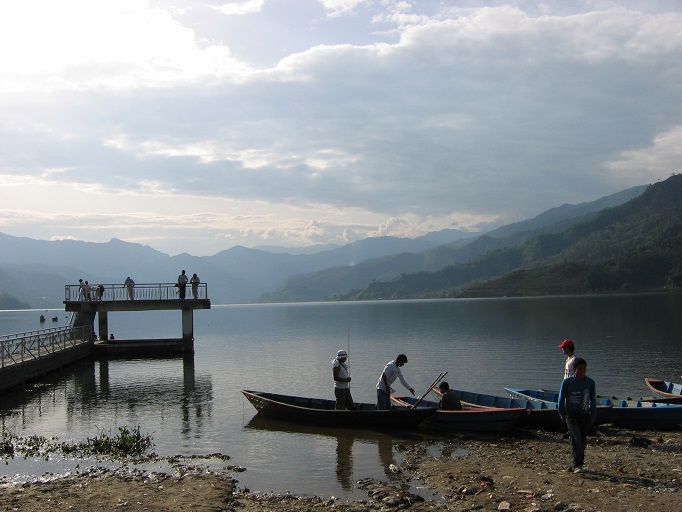-
About
- Our Work
- Get Involved
- Stay Updated
Public Sector: The right working environment for Young Agriculturists?

The Nepal Agriculture Research Council (NARC), the apex body of agricultural research in Nepal, posted a job announcement some weeks ago in which it offered 72 scientist positions (S1) -only for those who have a Master-. However, hardly two third of the vacancies were filled.
According to the latest Economic Survey of Nepal (2013/14), the total number of students enrolled in agriculture, livestock and veterinary studies was 1,453 in the academic year 2012/13 (just in Nepal). According to which, 100 postgraduates enter the job market every year. Based on these figures, there should be a higher number of applicants for the said positions, but young professionals in agriculture are not attracted to the public sector.
Lack of enthusiasm & creativity
About 10-15% of young professionals that apply for vacancies to work in public institutions like the Nepal Agriculture Research Council, the Department of Agriculture or the Department of Livestock Services quit the job in their early years after having been recruited. This could become a serious problem not only for Nepal but also for other Least Developed Countries’ (LDC) agricultural development.
A bureaucratic chain made of people with conventional minds has been established in such a way that: first, it reduces the work effectiveness; and second, creates a great setback for those who really dream of transforming the established patterns, who is most of the times the youth. As a young professional, it is very difficult to fit in such environment. Enthusiasm, eagerness to work and creativity, all them can drain out as little by little, you get used to that environment and you risk becoming a reluctant manager towards new young employees afterwards.
To work or not to work in the public sector, that is the question
On the one hand, sometimes, I’d love to form part of one public institution, where you are rewarded for what you did good and punished for what you didn’t do correctly. On the other hand, I refuse myself as those with innovative ideas to be blamed for not being a conventional follower.
An internal report done by the Ministry of Agricultural Development shows that more than 50% of agricultural research time is invested in administrative procedures in Nepal. Hence, in most of the cases in public organizations in LDC, an agriculturist has to play an administrative role. Moreover, the global market of agronomists has broadened with new challenges to increase food production to feed the growing population. This has created many opportunities although the salary for agriculturists is very low in Nepal. That is why the public sector cannot stand the pressure and has to release the manpower quality day after day.
In the end, the number of options for agronomists who work in the public sector is reduced to 3: whether you follow the established patterns; you search other options; or you struggle and try to change the system. This last may be the best as it would make you more mature, it makes you learn how to cope with problems and it can make you become a really transformer.
Which option do you choose?
Picture credit: Phewa Tal, by Philip Niewold.
About the author
Author's recent posts
More posts from authorRelated Posts
Comments
No comments made yet. Be the first to submit a commentBy accepting you will be accessing a service provided by a third-party external to https://archive.ypard.net/
Get in touch
Email: [email protected]
YPARD Global Coordination UnitHosted by AGRIDEA and the Czech University of Life Sciences Prague
Lausanne, Switzerland and Prague, Czech Republic - Our Work

